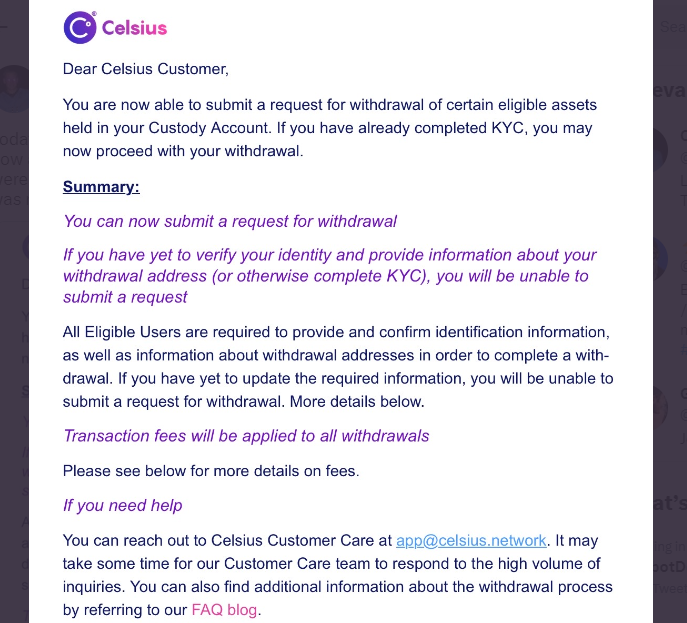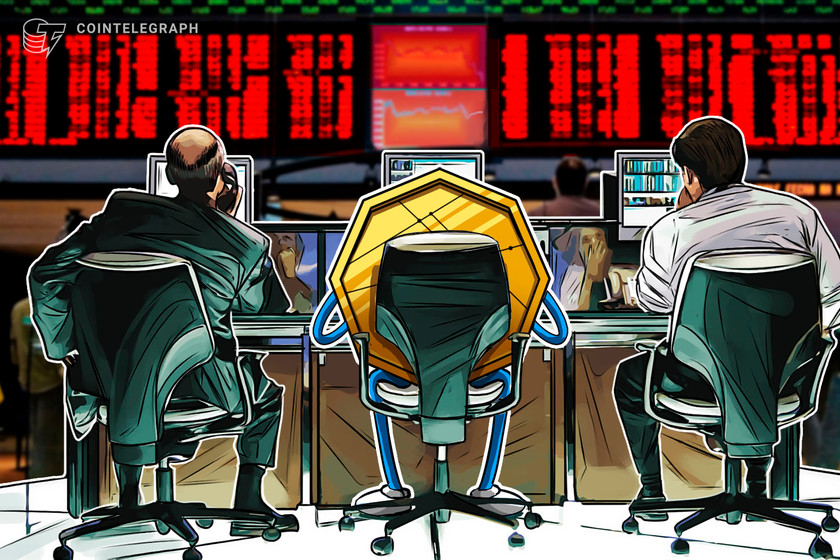Ether hits 11-month high as post-Shapella withdrawals pass 1M ETH


Since the Shapella hard fork on April 12, Ether has seen a price gain of nearly 10%.
Over 1 million Ether (ETH) worth $2.1 billion has now been withdrawn from Ethereum’s Beacon Chain within the first four days of the Shapella hard fork and Ether has pushed over $2,100 for the first time in 11 months.
The 1.03 million ETH withdrawals have come from 473,7000 withdrawal requests, with Saturday, April 15 the largest withdrawal day at 392,800 ETH, according to data from beaconcha.in.
Of the active validators, nearly 87% or 469,000 of the 540,000 are now able to withdraw their staked Ether.


While members of the Ethereum community were split on what impact Shapella would have on the price of Ether, the first four days have produced close to a 10% rise.


The figures are of little “surprise” to Lachlan Feeney, chief executive of blockchain consulting and development firm Labrys, who told Cointelegraph that many validators are re-staking Ether back onto the Beacon Chain:
“Much of the stake that has been withdrawn over the last few days is actually going straight back into The Beacon Chain as validators are looking to compound their interest. So much so that net stake is currently increasing.”
Given the current macroeconomic climate, Feeney said that many early stakers wanted to liquidate after what has been nearly a 30-month wait for some.
Over the mid to long-term, Feeney believes the Shapella hard fork will only increase the amount of Ether staked, which of course will only strengthen Ethereum at the consensus level:
“Because Shapella is a massive de-risking event, over the medium to long-term more, not less, ETH will be staked. We anticipate that in the not too distant future, we will reach a record high of Ether being staked.”
Markus Thielen, the head of research at digital asset platform Matrixport, told Cointelegraph that the closure of crypto exchange Kraken’s staking services may have contributed to the higher figures:
“It appears largely due to the Kraken’s staking business being unwound. This will only have a temporary effect as we are also seeing a significant demand from investors who now are able to stake with more visibility on the liquidity of staked positions.”
Thielen said he expects a large amount of un-staked Ether from Kraken to be “recycled” back into the Beacon Chain through other entities.
While Thielen anticipates the positive price action to cool off this week amid increased selling pressure, he thinks Shapella will ultimately attract more institutional investors to stake on Ethereum.
Related: 4 strategies for staking Ethereum
The 1 million milestone is a 500% increase from an April 11 prediction by blockchain intelligence firm Glassnode, which estimated only 170,000 Ether would be un-staked after the first week of Shapella.
On-chain analytics firm Nansen slightly overshot the mark, predicting 1.4 million Ether would be withdrawn after the first few days of Shapella.
Magazine: ‘Account abstraction’ supercharges Ethereum wallets: Dummies guide





















